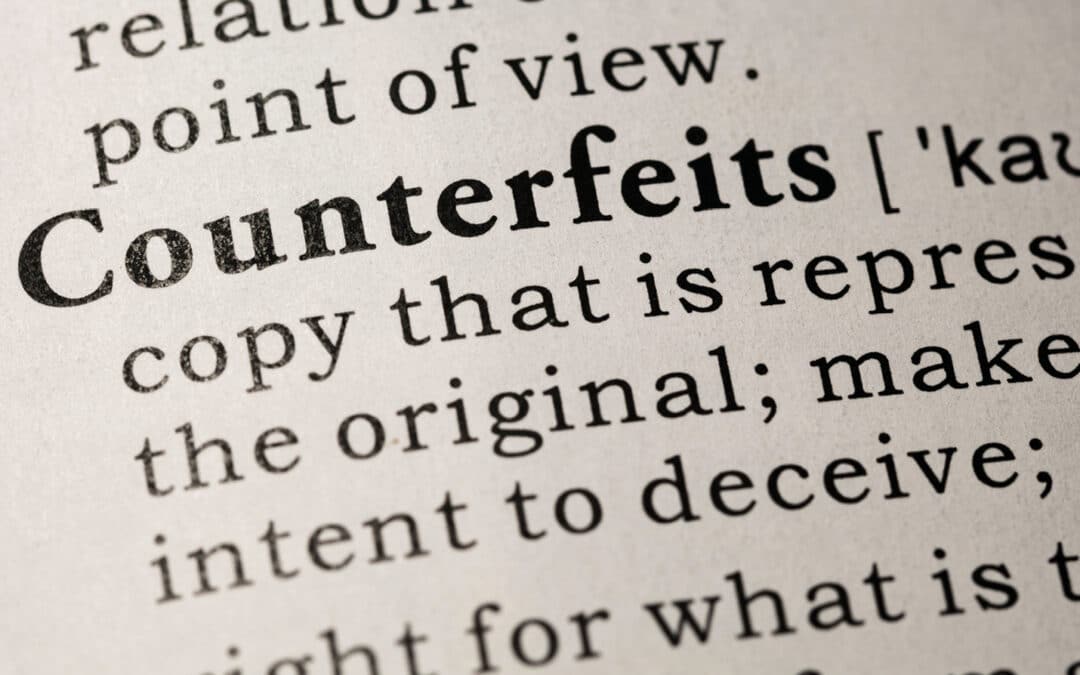eCommerce had been steadily rising, but the pandemic took online shopping to new levels. Unfortunately, this has created an ideal channel for counterfeiters. Globally, counterfeiting, including online and in-store purchases, are predicted to exceed £2.5 Trillion in 2022.
Fortunately there are options available when trying to prevent diversion and counterfeiting, however, those choices are somewhat limited. For example, some will turn to standard tamper evident labels for box seals or holograms to help their product stand out. These technologies do help to improve the packagings recyclability and tampering of the product, but unfortunately, these technologies cannot prevent counterfeiting and do not provide insight on who is purchasing their product, nor does it help develop brand loyalty.
RFID or NFC technology which works using radio frequencies will allow the manufacturer to track the product throughout the sales channels. Unfortunately, the metals used in these technologies prevent them from being recycled or used for reusable packaging. And the adhesives used to keep the antennae in place typically do not remove easily.
Smart technology offer a cost-effective, sustainable choice that also provides marketing data to build loyalty and support campaigns. Intelligent labelling combines the impact of both overt and covert technology. Overt is what you want the consumer to see. Covert is hidden within the packaging away from the consumer’s primary focus.
Smart technology labelling includes a randomised QR code which is the overt technology. There is also a “star” background, which is the covert technology. The label matches each individual QR code to the covert background to create a label tied to a specific product. Counterfeiters count on easy-to-reproduce labels and images. With smart technology, there is a unique single label for each package or bottle. A single label will relate to one Package or Bottle, making it impossible for counterfeiters to replicate.
The idea behind intelligent technology is that the label is only active after it has been applied to an individual unit. The labels are printed with serialised QR codes and then imaged. This information is stored on a software management system on a secure cloud. If some labels do not follow the process and are applied without activation, these labels will signal the brand owner that there is an issue. Once the label is applied to the individual unit, the QR code is confirmed, and the label becomes active.
Smart technology labels are made of the same materials as any commonly used label and printed using the same inks. Due of this, the technology can follow the same recyclable path as any bottle or package in the industry.


Recent Comments